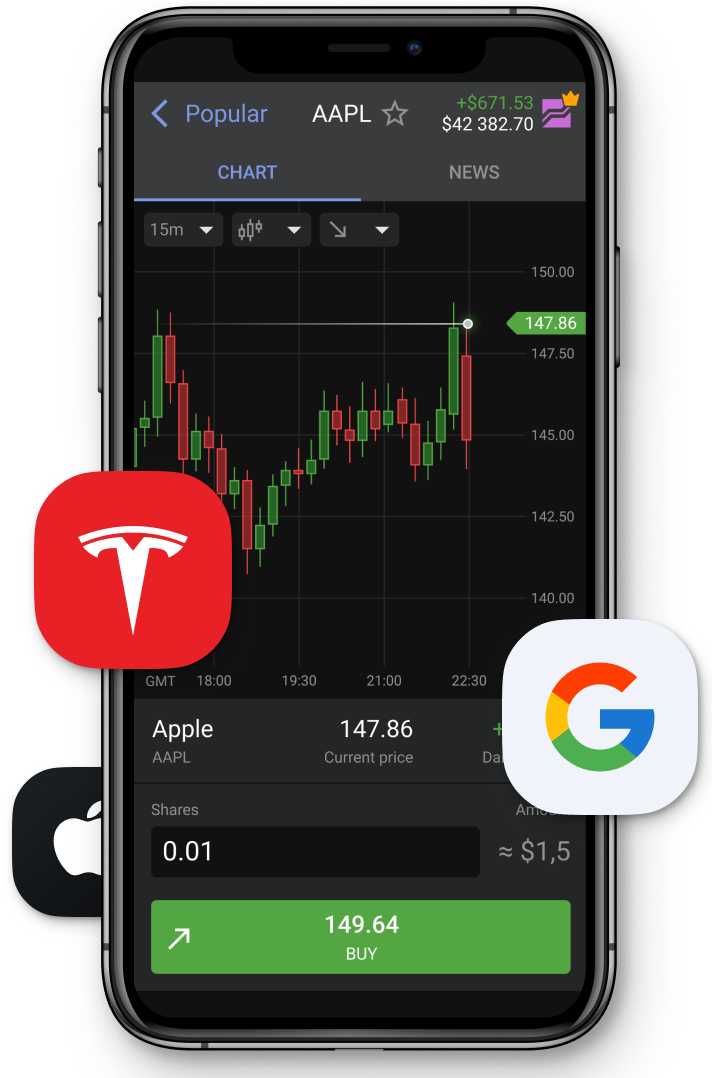As trade talks between China and the US in Stockholm stall once again, a tariff truce between the two world superpowers is still not forthcoming. In theory, this means a return to triple-digit levies and a resumption of the dreaded trade war unless a final-hour deal can be reached before the deadline on 1 August. The spat has been disorienting for both the US and Chinese stock markets, with high-tech companies hit the hardest. After gaining 30% YTD, the Hong Kong-based Hang Seng index has dropped almost 3% over the past week. Meanwhile, the Mainland-focused China A50 index has lost close to 2% over the same period.
In addition to the US trade malaise, EU tariffs on Chinese-made EVs are also weighing on one of the most exciting and profitable sectors of the Chinese economy, with BYD and Li Auto down 70% and 11%, respectively, over the past five trading days. Nonetheless, the opportunity of low P/E ratios and high growth rates is attracting investors, domestic and international, as China's big tech players Alibaba and Tencent have racked up double-digit YTD growth. In this piece, we'll look at all these factors and more as we seek to plot Chinese stocks' potential course over the rest of the year and beyond.
Great Wall of value
All investors love a bargain, and even after a year of solid growth, many of China's top-tier tickers are still exceptional value for money, particularly when compared with their US counterparts. Alibaba (BABA), for instance, is now at HKD 115.90, which represents a gain of 43% on the yearly chart and a 15.85 P/E. Tencent Holdings' latest price of HKD 552 also reveals a YTD gain of 33% and a reasonable P/E of 23.73. Compare those to Meta and Amazon's ratios of 27.16 and 37.54 and China's 5% GDP growth rate, and it's easy to see what makes the Chinese tech stocks attractive.
The unexpected drop in EV-related stock prices could also be a blessing in disguise. BYD may be down 70% on the weekly chart, but the rapid growth seen in the first half of the year means this is only a 30% YTD loss. That also leaves the P/E ratio at an extremely enticing 6.84, which, despite being a growth stock, is even lower than established value auto stocks like BMW and GM. The likelihood of a minimum pricing model replacing the existing tariff structure — at least in the EU — would not only make Chinese cars more attractive to European customers, but it would also mean that the Chinese companies will increase their profits on Europe-sold vehicles significantly, as opposed to that additional money going into the EU's coffers. All of this bodes well for China's EV stocks and makes their current pricing even more attractive.
Local stimulus meets foreign inflows
As is often cited as a reason to avoid Chinese stocks, the country has a command economy, and there is much more coordinated government intervention than in other nations. However, this isn't always a bad thing, and it can even help to avoid protracted bear markets and larger drawdowns. Last year, the CCP announced RMB 800 billion of liquidity support for the stock market and an RMB 500 billion swap facility for brokers and funds, as well as an RMB 300 billion refinancing facility for companies and shareholders for stock buybacks. It's largely believed that this stimulus is what has helped China's tech sector to perform as well as it has in 2025, and all without causing a runaway bubble.
Some have called upon the authorities to do more, however, and with China's official manufacturing purchasing managers' index falling to 49.3 in July from 49.7 in June, we could see more intervention from Beijing. Citigroup economists have suggested that the July meeting of the Communist Party's Politburo could "further confirm a wait-and-see policy mode, while keeping the door open for incremental small-scale support". The opportunities and potential in China haven't gone unnoticed by Western funds either, with many re-entering China with gusto following the steadying of the regulatory and price environment. For example, the Lazard Emerging Markets Fund went overweight China for the first time in almost 30 years in 2025. As a diversification play, it makes perfect sense on account of the Mainland's low correlation with US stocks, which means we could see even more of an influx of US capital as risk appetite grows once the Fed's cutting cycle begins later this year.
Trade Chinese stocks and more CFDs with Libertex
Libertex offers CFDs in a wide variety of asset classes, from stocks, commodities and indices, all the way through to forex, options and even crypto. From China, Libertex offers CFDs in several major tech stocks, including Alibaba, Baidu and Tencent, as well as the China A50 index and iShares China Large-Cap ETF, which include BYD. For more information or to create an account of your own, visit www.libertex.org/signup to





